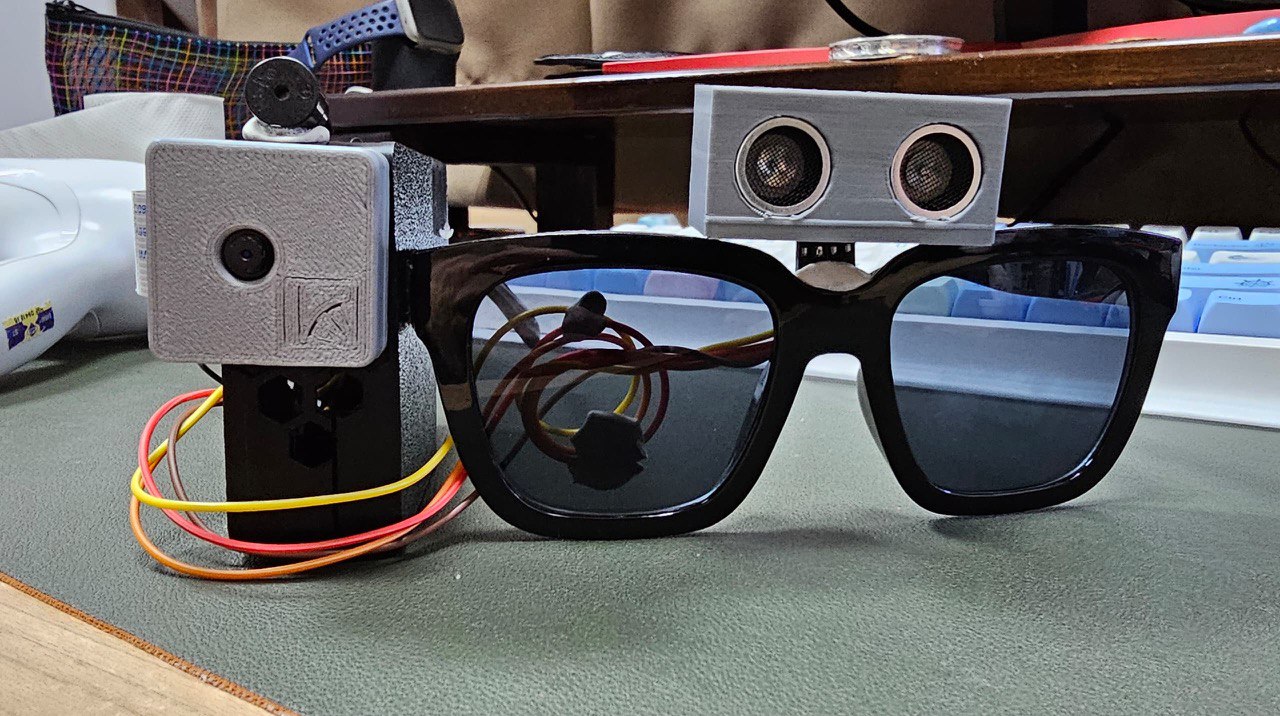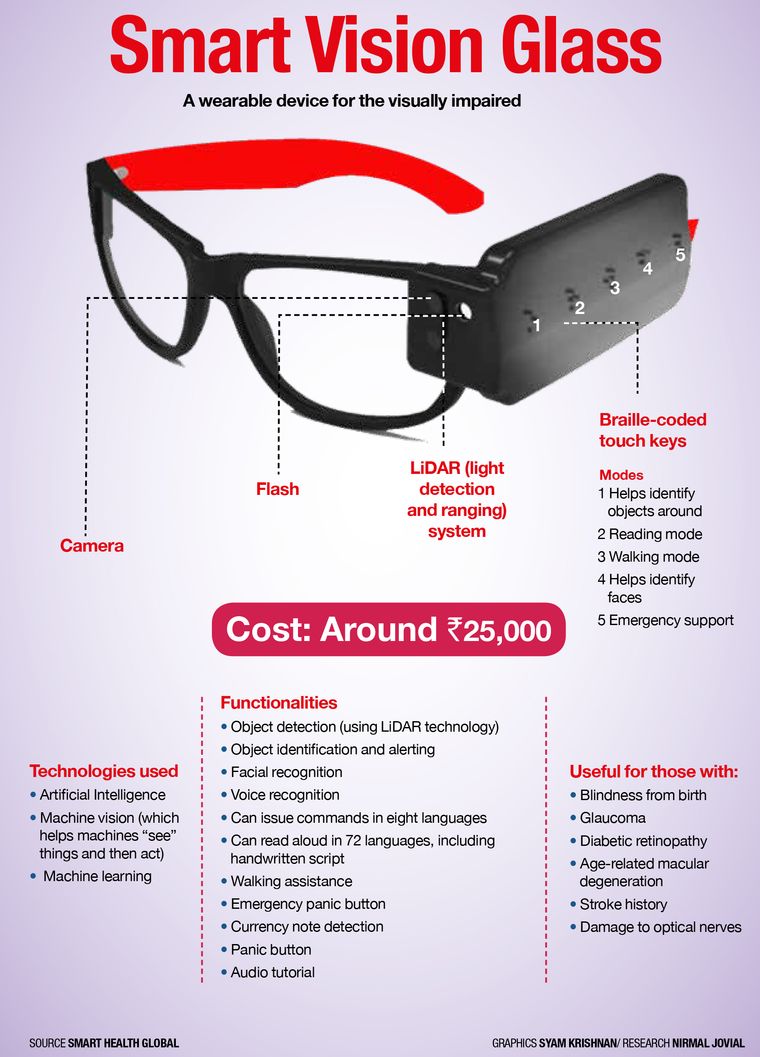Empowering Freedom With Assistive Technology for the Blind
The combination of assistive technology for people that are blind or aesthetically damaged represents a considerable development in cultivating freedom and improving quality of life. With a variety of tools-- from screen readers to cutting-edge tactile tools-- these innovations not just facilitate navigating and communication however additionally advertise social incorporation and participation in different facets of life.
Understanding Assistive Technology
Although assistive innovation has actually advanced considerably throughout the years, its fundamental purpose continues to be the same: to improve the quality of life for individuals with impairments, particularly those who are blind or aesthetically impaired. This innovation incorporates a broad variety of tools and tools that assist in freedom and performance in daily tasks.
Assistive technology can be categorized right into low-tech and modern remedies, each made to fulfill certain needs. Modern gadgets frequently include software program applications, specialized equipment, and flexible gadgets that make use of advanced modern technology to give assistance in various contexts. On the other hand, low-tech options may include everyday products that are changed to improve accessibility, such as magnifiers or tactile pens.
The integration of assistive technology into the lives of people who are blind or aesthetically impaired not just promotes freedom but additionally promotes social incorporation and participation in professional and educational settings. By leveraging these modern technologies, individuals can navigate their environments, gain access to details, and communicate properly, consequently boosting their overall lifestyle. Understanding assistive modern technology is vital for supporters, professionals, and caretakers that aim to support people in optimizing their potential and attaining better freedom.
Sorts Of Assistive Gadgets
Assistive tools for the aesthetically impaired and blind are vital devices that enhance daily living by resolving particular obstacles run into by customers. These tools can be generally categorized into three primary kinds: optical tools, electronic gadgets, and sensory devices.

Sensory devices, such as Braille display screens and responsive maps, offer alternate methods to obtain info. Braille presents convert electronic message into Braille, allowing users to go through touch. Responsive maps offer spatial understanding with raised lines and structures, allowing for far better ecological understanding.
With each other, these assistive gadgets equip individuals with aesthetic impairments to engage even more fully with their surroundings, advertising greater independence and confidence in everyday activities.

Impact on Life
The combination of assistive innovation into the daily lives of people that are aesthetically damaged or blind dramatically boosts their ability to browse and interact with the globe around them. Gadgets such as screen viewers, Braille shows, and mobile applications help with access to information, permitting customers to engage with electronic material, connect successfully, and manage day-to-day jobs individually.
Additionally, technologies like smart glasses and navigating applications supply real-time help in strange environments, enhancing mobility and confidence. These devices make it possible for individuals to identify barriers, reviewed indications, and even identify faces, hence fostering a sense of freedom in public areas. Additionally, home automation systems, which can be controlled via voice commands, permit people to handle their living atmospheres much more successfully, enhancing comfort and security.
The impact of assistive modern technology extends beyond useful jobs; it advertises social addition and psychological health. By linking the space in between individuals and their surroundings, these technologies empower users to take part completely in neighborhood activities, go after academic opportunities, and engage in significant relationships. Eventually, the innovation of assistive modern technology contributes in redefining the possibilities for people who are blind or visually damaged, bring about a more easily accessible and inclusive society.
Success Stories and Testimonials

An additional effective testimonial originates from Mark, a current college grad who made use of display reading software throughout his scholastic trip. This technology enabled him to accessibility course materials and take part in discussions, ultimately leading to his effective shift into the workforce. Mark credit histories assistive modern technology for empowering him to attain his occupation objectives, stressing its function in leveling the having fun field for individuals with aesthetic problems.
Furthermore, recreation center have reported enhanced participation in their programs many thanks to the intro of obtainable digital platforms. These platforms have made it easier for people to link, share sources, and assistance one an additional. These success tales collectively underscore the extensive effect of assistive innovation in promoting independence, boosting lifestyle, and breaking down barriers for the blind and aesthetically impaired community.
Future Fads in Assistive Technology
Emerging innovations are poised to transform the landscape of assistive technology for individuals that are visually damaged or blind. Technologies in man-made intelligence (AI) and artificial intelligence are improving the capabilities of gadgets, allowing even more user-friendly individual experiences. AI-driven applications are increasingly able to check out and acknowledge things text out loud in real-time, providing individuals with useful details concerning their surroundings.
Furthermore, advancements in wearable technology are developing brand-new opportunities for independence. Smart glasses geared up with increased truth attributes can overlay essential info onto the user's visual field, promoting navigation and communication with the environment. Moreover, the assimilation of Internet of Points (IoT) devices is streamlining ease of access in wise homes, enabling individuals to control home appliances and obtain alerts through voice commands or tactile user interfaces.
The development of braille screens and responsive feedback systems this hyperlink is additionally growing, resource promoting accessibility to electronic content and enhancing interaction. As these technologies proceed to progress, they promise to boost daily living, instructional possibilities, and employment potential customers for people with visual problems. Constant cooperation in between technologists, users, and advocacy groups will be crucial in making sure these technologies satisfy the demands of the community properly.
Final Thought
In verdict, assistive technology plays a critical duty in enhancing the independence of individuals that are blind or visually damaged. By giving crucial tools and sources, these technologies facilitate boosted navigating, accessibility, and interaction to information, therefore fostering freedom and self-confidence. The transformative influence of assistive gadgets not just promotes efficient interaction with the environment yet likewise motivates social addition and engagement in different elements of life, eventually empowering users to prosper within their communities.
The assimilation of assistive modern technology for individuals that are blind or visually impaired represents a substantial development in fostering freedom and enhancing top quality of life.The integration of assistive innovation Recommended Reading into the lives of people that are blind or aesthetically harmed not just promotes autonomy but likewise fosters social addition and involvement in specialist and academic atmospheres. Inevitably, the innovation of assistive modern technology is important in redefining the possibilities for individuals who are aesthetically damaged or blind, leading to a more available and comprehensive society.
Several people who are visually damaged or blind have actually shared inspiring success stories that highlight the transformative influence of assistive innovation on their lives.In final thought, assistive innovation plays a crucial role in enhancing the independence of individuals who are visually impaired or blind.